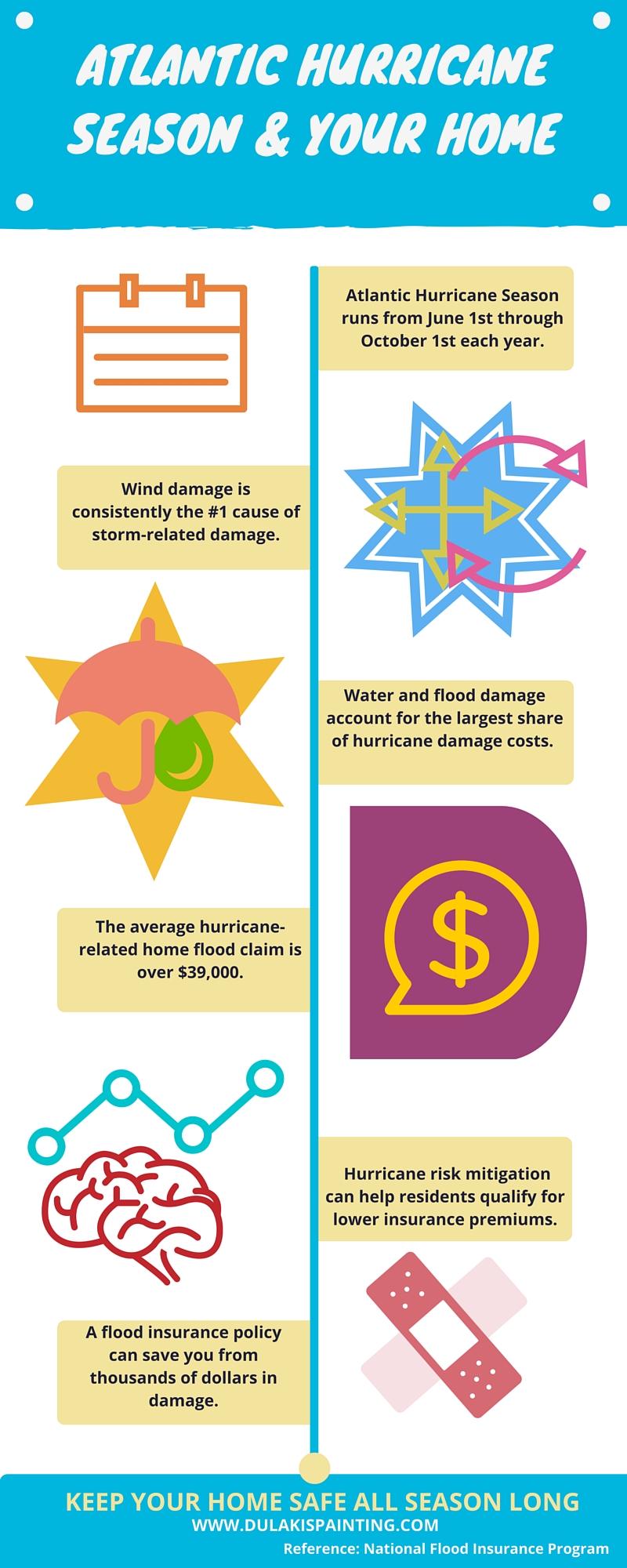Comprehending Seasonal Influences On Commercial Outside Painting: Essential Understanding For Success
Comprehending Seasonal Influences On Commercial Outside Painting: Essential Understanding For Success
Blog Article
Web Content Create By-Doherty Whalen
When you're preparing a commercial outside paint task, seasonal variables can make or break your results. You'll intend to take into consideration just how temperature and moisture effect paint application and drying times. Selecting look at this site can guarantee your paint sticks appropriately and lasts much longer. Yet which seasons are truly the very best for this type of work? Let's check out the crucial elements that can impact your project's success.
The Impact of Temperature Level on Paint Application
When you're planning a business outside painting task, the temperature can considerably affect how well the paint sticks and dries out.
Preferably, you wish to repaint when temperatures vary in between 50 ° F and 85 ° F. If it's as well cold, the paint might not treat appropriately, resulting in concerns like peeling or fracturing.
On the flip side, if it's as well warm, the paint can dry out also promptly, stopping proper attachment and resulting in an irregular finish.
You ought to also take into consideration the time of day; early morning or late afternoon offers cooler temperature levels, which can be much more beneficial.
Always check the maker's recommendations for the details paint you're making use of, as they usually provide advice on the excellent temperature range for optimum results.
Humidity and Its Effect on Drying Times
Temperature level isn't the only environmental aspect that influences your industrial exterior paint project; humidity plays a substantial function as well. High moisture levels can slow down drying times significantly, influencing the total top quality of your paint job.
When the air is filled with dampness, the paint takes longer to heal, which can lead to problems like poor bond and a higher risk of mold development. If you're painting on a particularly damp day, be gotten ready for extended delay times between layers.
https://findapainternearme78887.madmouseblog.com/15550592/find-out-vital-suggestions-and-tools-for-your-upcoming-business-outside-painting-job-that-can-change-your-outcomes to keep track of local weather conditions and plan appropriately. Ideally, aim for humidity levels in between 40% and 70% for optimal drying out.
Keeping these factors in mind guarantees your project remains on track and delivers an enduring surface.
Best Seasons for Commercial Exterior Painting Projects
What's the most effective time of year for your industrial external paint tasks?
Spring and early fall are generally your best bets. During these seasons, temperature levels are mild, and humidity levels are frequently lower, creating perfect conditions for paint application and drying.
Prevent summer season's intense heat, which can trigger paint to completely dry as well swiftly, causing poor attachment and surface. Similarly, winter's chilly temperature levels can impede proper drying out and healing, risking the longevity of your paint work.
Go for days with temperatures between 50 ° F and 85 ° F for optimal outcomes. Bear in mind to examine the neighborhood weather report for rainfall, as wet problems can destroy your job.
Planning around these factors guarantees your painting project runs efficiently and lasts much longer.
Conclusion
Finally, planning your commercial external painting jobs around seasonal considerations can make a considerable distinction in the result. By scheduling job throughout the suitable temperatures and humidity levels, you'll make sure better adhesion and drying out times. Remember to watch on neighborhood weather report and select the right time of year-- springtime and early fall are your best options. Taking these steps will aid you attain a sturdy and specialist finish that lasts.
